The temperament of the Tosa is characterized by its endurance, calmness, boldness, and courage. He is often a calm, submissive, and obedient dog with a relaxed but watchful attitude. They were originally developed for warfare but are now used as watchdogs because of their dignified demeanor and sturdy size.
With his own family, the Tosa is softly affectionate, but he can be a little reserved with others. Additionally, this breed is naturally wary of other dogs and could become hostile against canines it perceives as intruders. Openly hostile behavior against people is not typical of the breed. They can have white markings on their chest and feet in addition to a short, dense coat that can be fawn, red, apricot, black, or brindle in color. Additionally, because of their delayed growth, Tosas may not mature to their full potential until they are four years old. The largest Japanese dog breed is this one. They are also known as the Japanese Fighting Dog, Japanese Mastiff, Tosa Ken, Tosa Dog, Tosa Token, and Tosa Inu.

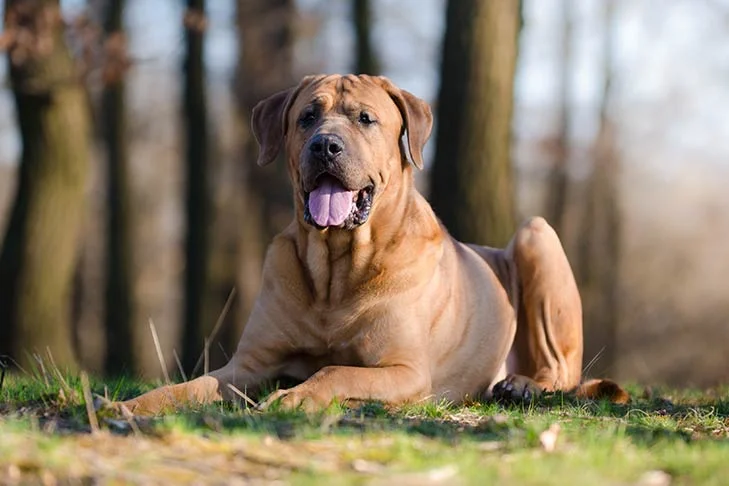
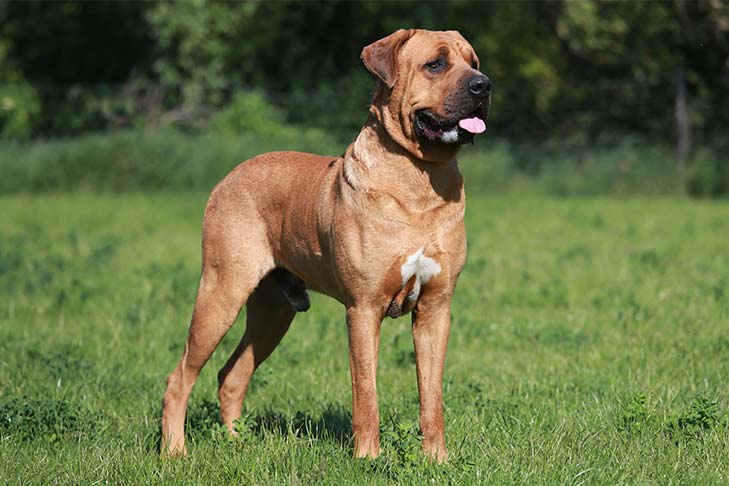
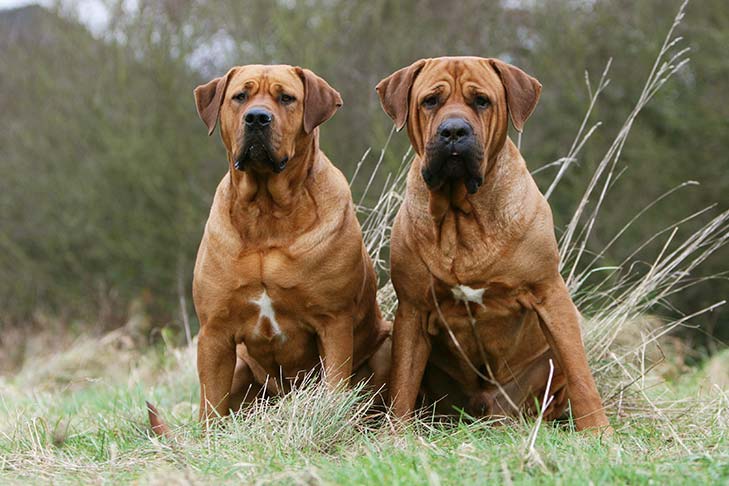
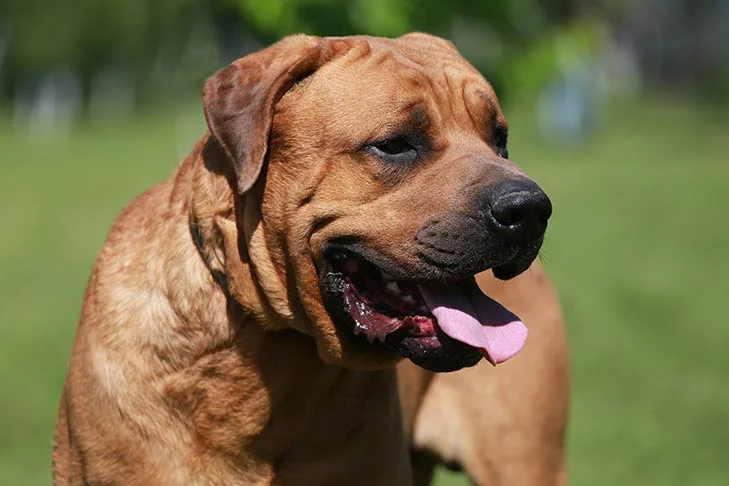
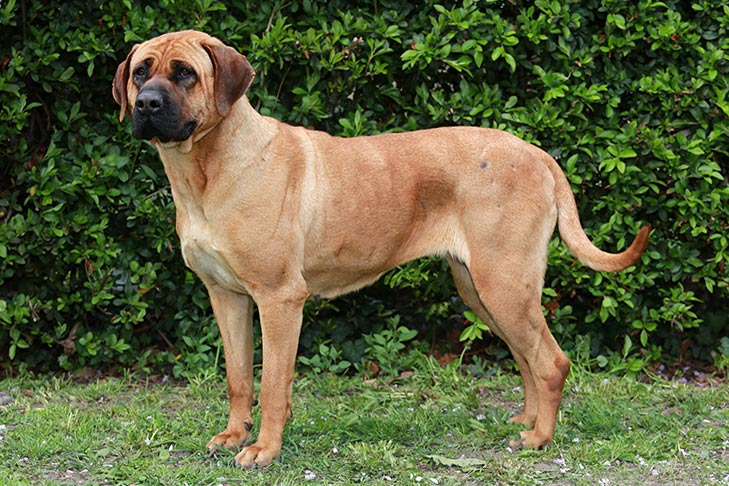
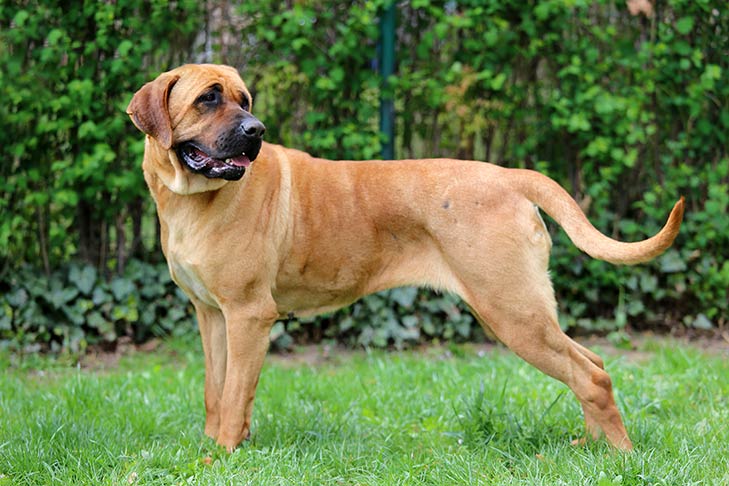


 Health
Health Grooming
Grooming Exercise
Exercise Training
Training Nutrition
Nutrition